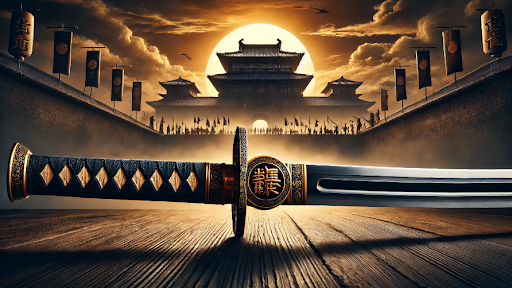2025 will mark the 80th anniversary of the end of World War II and Calvin Bailey MP is calling for renewed dedication to preserving the hard-won freedoms secured by those who endured its horrors
With Christmas festivities behind us and winter’s chill still in the air, we find ourselves in a period of reflection and renewal. This new year marks the 80th anniversary of a number of significant dates in the history of World War II, most importantly VE and VJ day.
The government has announced important funding to commemorate the 80th anniversary of both days. Sadly, only a few veterans and civilians remain to share first-hand accounts of those times. The end of World War II was not just a military victory, but a moment of profound grief and loss which, following the bombing of Hiroshima and Nagasaki, revealed a terrifying new dimension in human conflict.
The stories and sacrifices of those who experienced that time are stark reminders of the devastation and horror that marked those years and their legacy urges us to continue valuing the hard-won peace we now enjoy.
As we look to the present and see renewed conflict in Europe and around the world, I can’t help but reflect on how we may have begun to overlook the foundations that sustained this peace. The choice to leave the European Union, one of Europe’s most significant post-war security structures, can now be seen as an example of this shift. The tensions we face today, particularly surrounding the conflict in Ukraine, threaten the fragile peace of the post-war era.
During Remembrance services in 2024, I felt a strong reassurance in seeing our young people stand proudly with cadet and youth organisations, deeply engaged in commemorating those who came before. Their involvement in these ceremonies signals a renewed hope for the future and dispels some of the cynicism that can cloud our appreciation of the sacrifices made on our behalf.
Our predecessors witnessed the absolute worst of human potential and chose instead to build bridges, create international institutions and resolve differences through dialogue between partners, not conflict between adversaries.
At the dawn of a new year, we can honour the memory of those who came before us by recommitting ourselves to the values they fought to defend. In remembering the past, we honour those who came before us, and through safeguarding our democracy today, we protect the future they made possible.
May the coming year bring renewed dedication to preserving the hard-won peace and freedom that remains their most precious gift to us all.
Calvin Bailey is MP for Leyton and Wanstead. For more information, email calvin.bailey.mp@parliament.uk, or call 020 7219 7417




